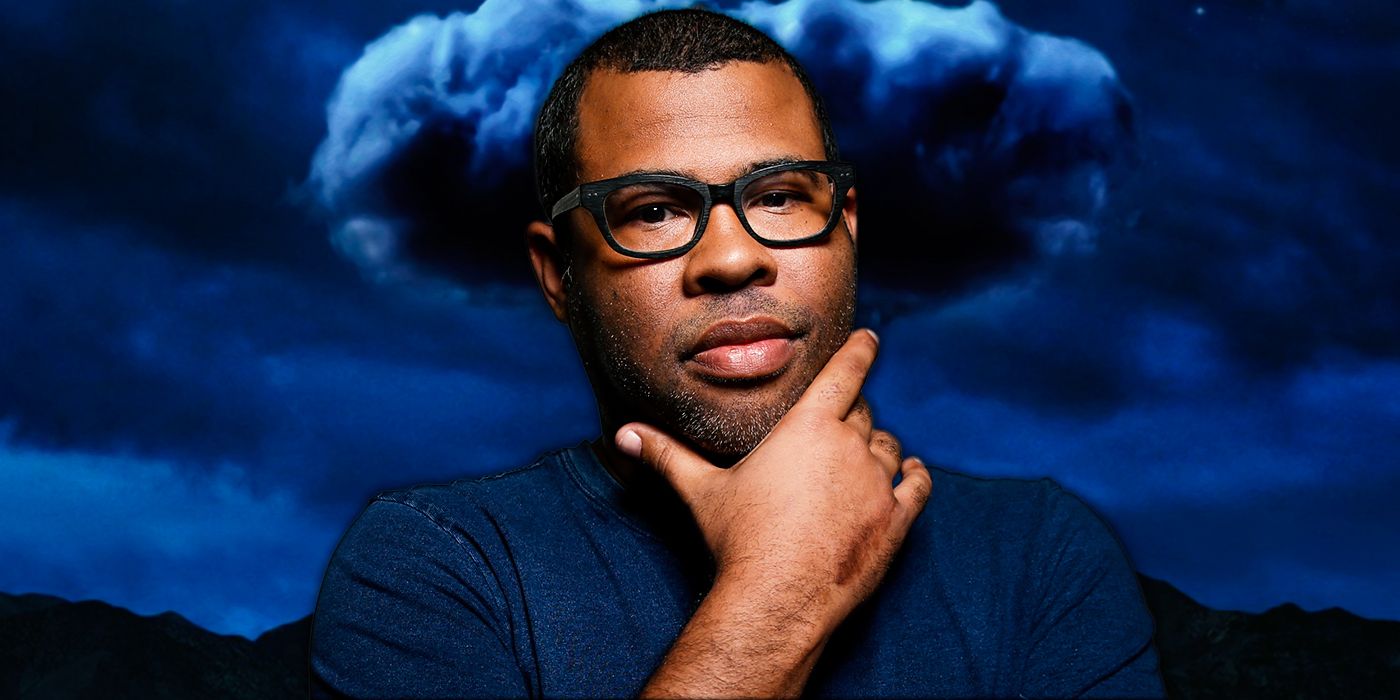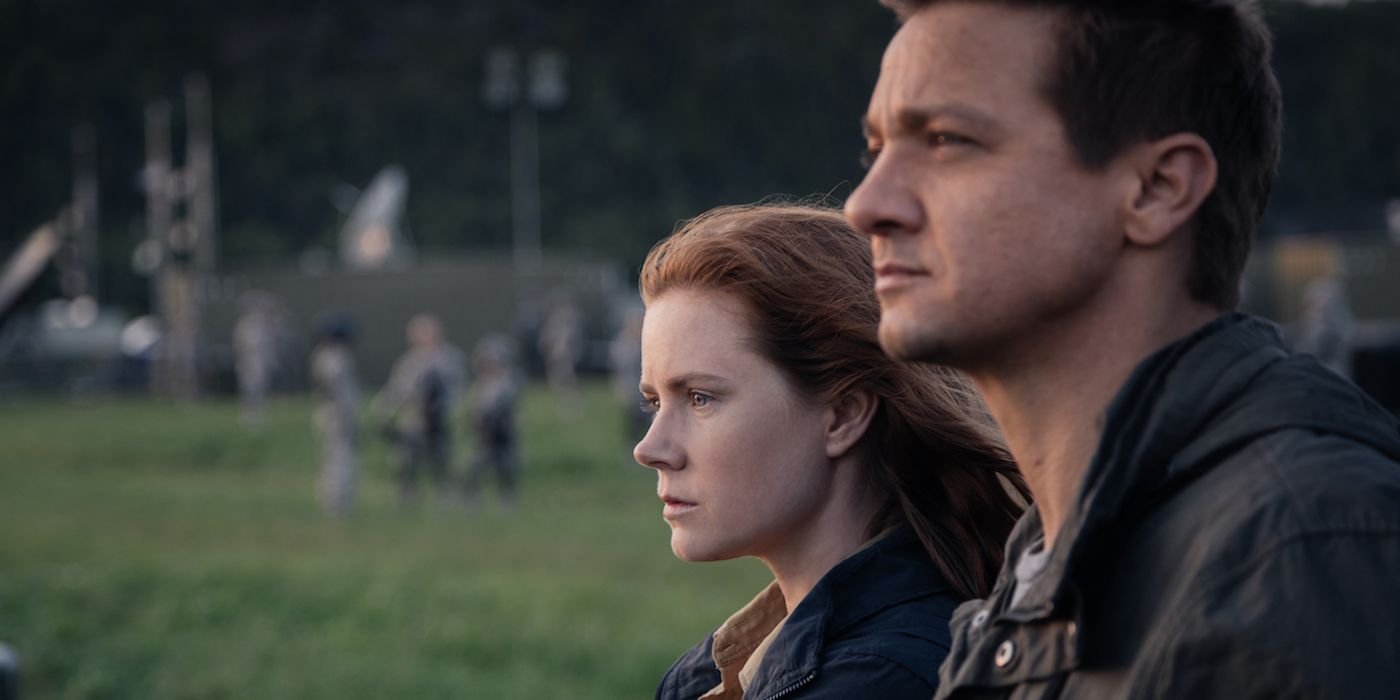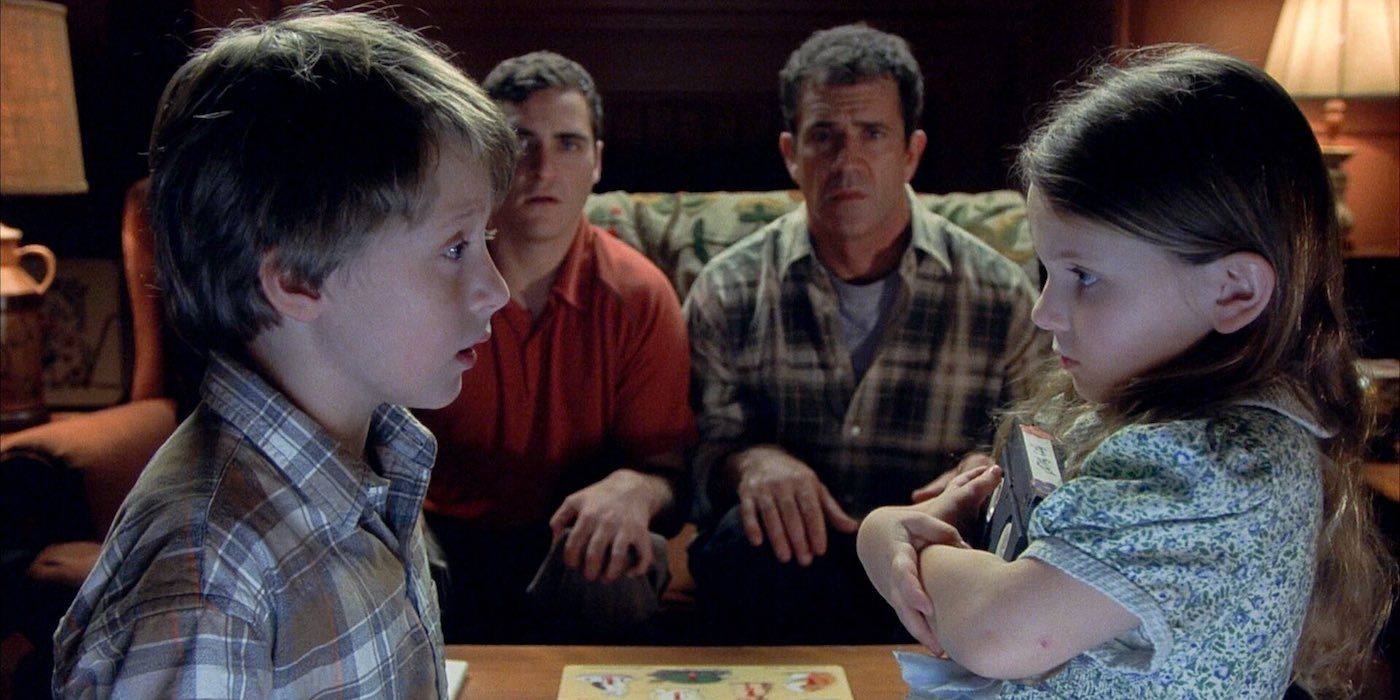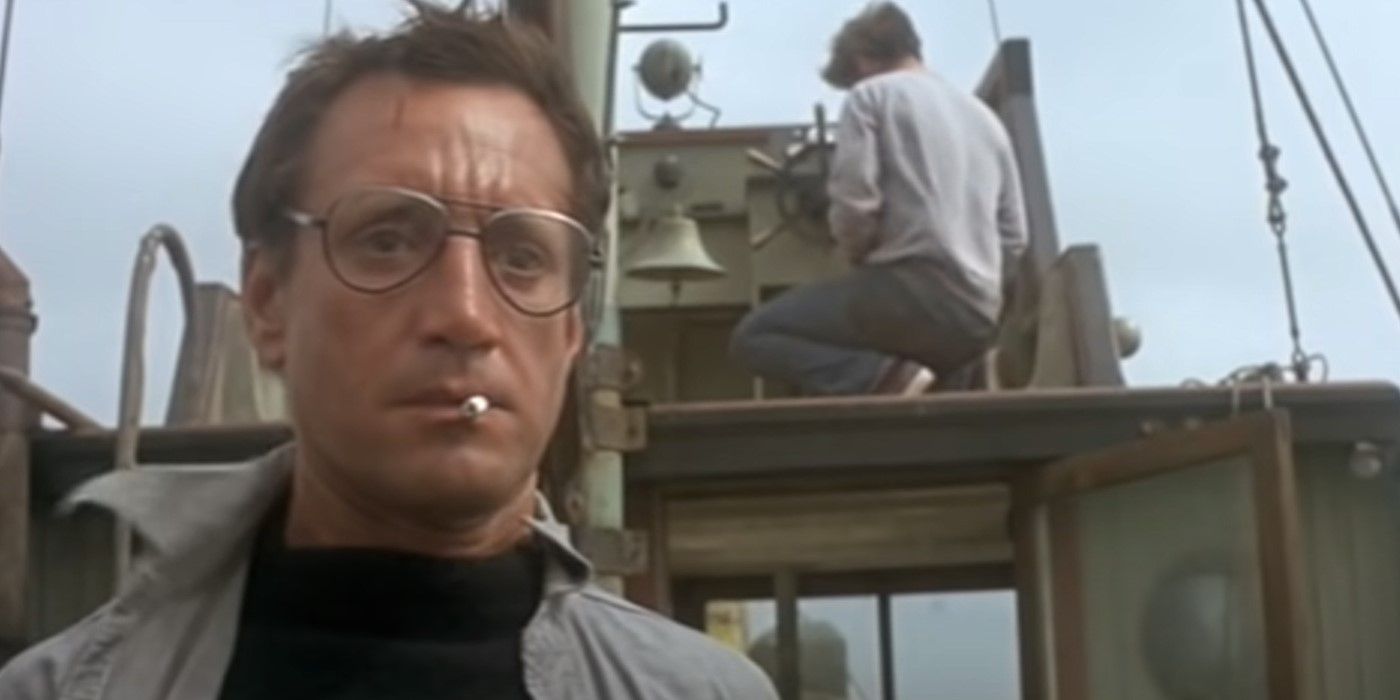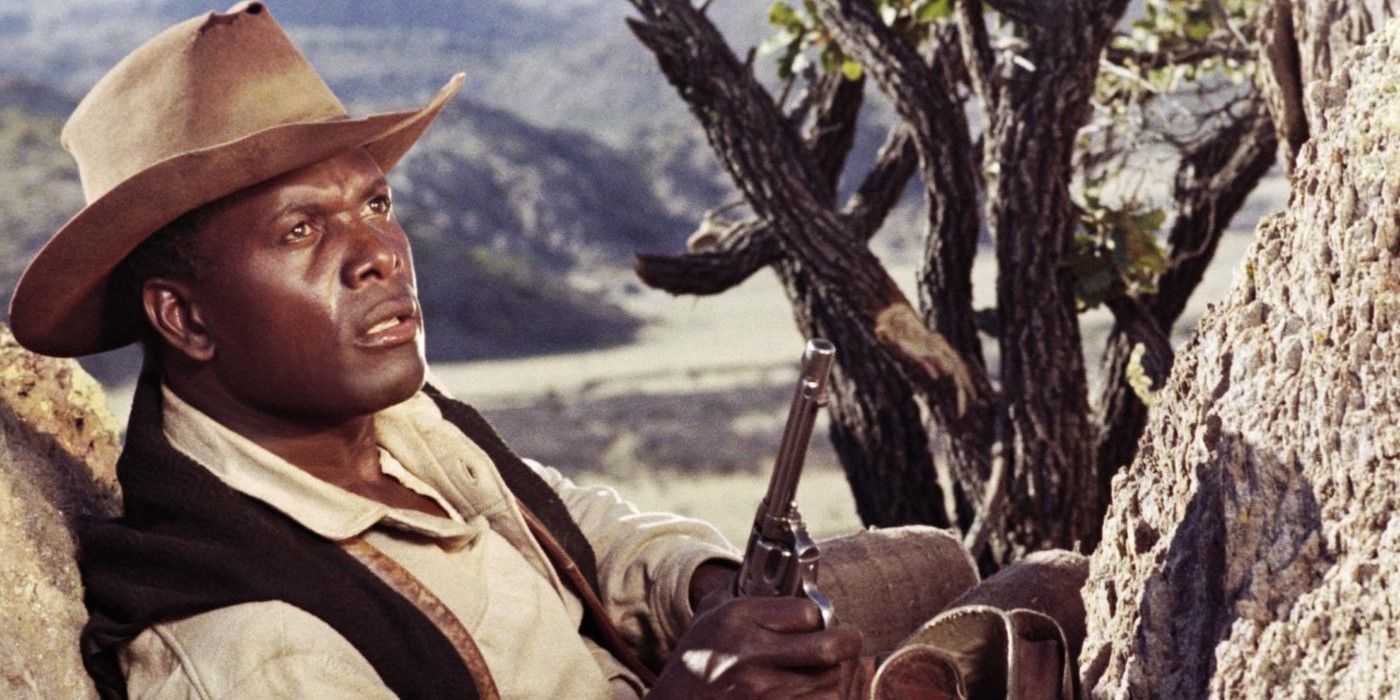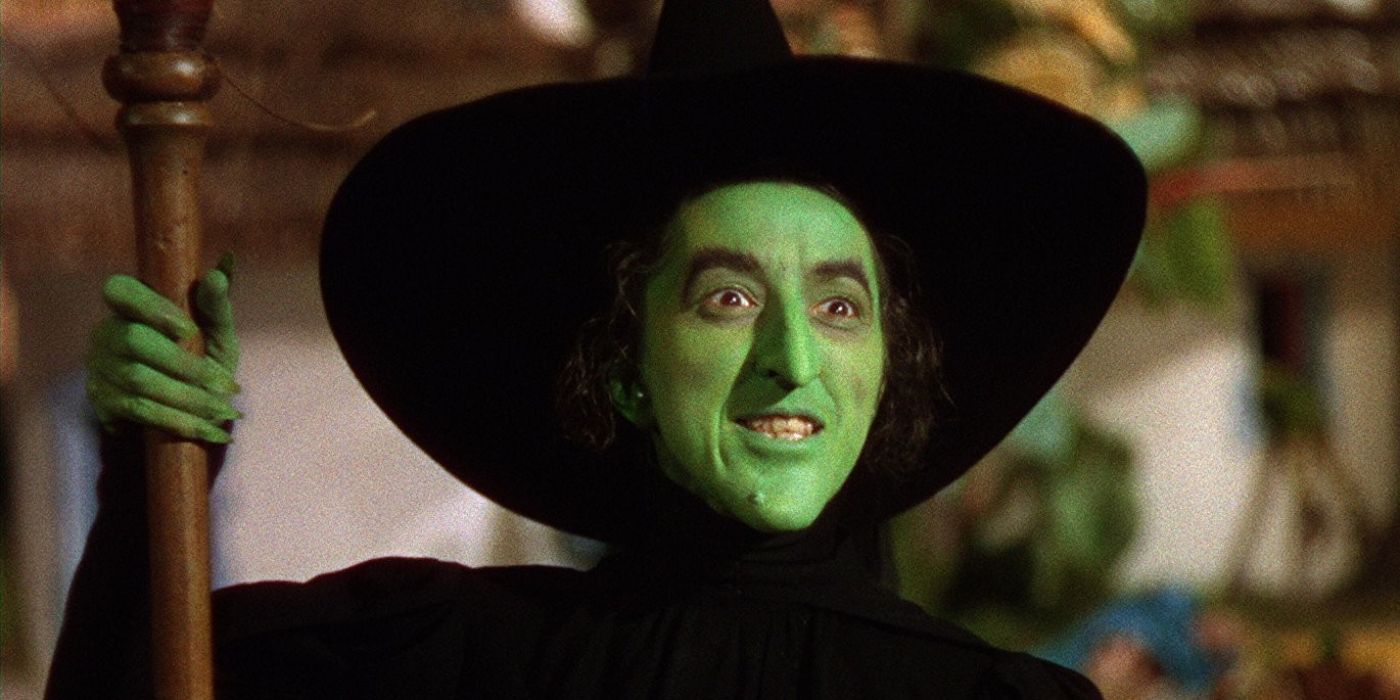Nope is a grab bag of homages to classic films, with visual nods to everything from Akira to The Shining. At its core, though, there are only a handful of films that went beyond mere references to inspire the vision of Jordan Peele's movie. The film is obsessed with the idea of "Hollywood spectacle," the big touchstones that have driven the industry from the first motion picture (which in the world of Nope starred the protagonists' great-great-great-grandfather) to Nope itself and, as such, Peele clearly wanted his movie to feel like a mash-up of every era of American movie spectacle. This list represents that historical through-line.
Arrival Broke New Ground In a Familiar Genre
Science fiction has been a staple of movies since 1902, which makes it hard for today's filmmakers to find truly original twists on the formula. Without spoiling it, Nope finds a way to turn the classic UFO story on its head in a genuinely spooky manner, but sci-fi wunderkind Denis Villeneuve's Arrival paved the trail with its own unique, mind-bending innovation on the time-honored genre. The visual of a silent alien ship hovering ominously over nature is the most obvious point of comparison, but it's Arrival's ability to innovate on a type of story that seemed to have run dry and to use that unexpected twist to inform the characters' emotional journeys that marks Arrival as a direct influence on Nope.
Signs Made Grand Science Fiction Feel Intimate
Despite the patently ridiculous twist ending of M. Night Shyamalan's Signs, the film found a way to make science fiction personal at a time when advances in CGI had the genre veering in the opposite direction. It's not just the extraterrestrial factor that connects Signs and Nope, but the way both movies manage to squeeze blockbuster thrills into a more confined space to tell a familial story. In the same year that Star Wars: Episode II - Attack of the Clones jerked audiences around an entire galaxy, Signs took place around a single farmhouse, resulting in refreshingly claustrophobic sci-fi. Peele draws on this eerie, cramped atmosphere, focusing his story around the main characters' farmhouse as well, with only a few other locations that never stray far from home.
Jaws Established the Summer Movie Season
Legendary director Steven Spielberg is undoubtedly Peele's guiding light for Nope, which makes sense given he virtually defined modern blockbuster entertainment. Though his science fiction movies are all alluded to in Nope (particularly 2005's The War of the Worlds, 1993's Jurassic Park, 1982's E.T. the Extra-Terrestrial or 1977's Close Encounters of the Third Kind), Jaws is far and away the most explicit inspiration. Peele almost literally inverts that 1975 classic, with the shark stalking the waters in Amity Island becoming a UFO terrorizing the Haywood siblings (Daniel Kaluuya and Keke Palmer) from the skies. On their mission to capture proof of the alien visitors on film, the Haywoods enlist the help of gravelly-voiced auteur cinematographer Antlers Holst (Michael Wincott), an overt play on Jaws' weathered shark hunter Quint (Robert Shaw). In terms of Peele's tracing of Hollywood spectacle, Jaws also has the honor of being the first official summer blockbuster, according to the Guinness World Records.
Buck and the Preacher Lends Nope an Idiosyncratic Western Vibe
Before Spielberg and the rise of CGI, Westerns were the de facto blockbusters of their day, so Peele had to include heavy Western flair, from characters on horseback to arid vistas to the music. The little-known Buck and the Preacher -- about two Black men who team up against Confederate vets following the Civil War -- probably wouldn't be on this list had Peele not prominently placed a poster of the film inside the Haywoods' home, but it becomes clear the 1972 movie was a huge inspiration on Nope. Most strikingly, the dynamic between that movie's two main characters, brooding wagon driver Buck (Sidney Poitier, who also directed the movie) and the spirited, comedic Preacher (Harry Belafonte), is almost identical to Kaluuya's stone-faced OJ and Palmer's more performative Emerald. Both movies also center on Black characters in genres that usually relegate them to the periphery, something Peele is keenly aware of, given he tackled the representation gap head-on with his lauded debut Get Out.
The Wizard of Oz Is the Great-Great Grandfather of the Modern Blockbuster
The Wizard of Oz's famous transition from a black-and-white Kansas to Technicolor Oz very pointedly announced itself as the beginning of a new era for Hollywood. While perhaps the least obvious influence on this list, The Wizard of Oz can be pointedly felt throughout Nope. It's no coincidence that the alien force wields the ability to whip up dusty tornadoes similar to the twister that transports Dorothy to Oz. If this seems like a stretch, Peele also named one of his lead characters "Emerald," an unmistakable nod to the Emerald City where the eponymous Wizard lives (her brother OJ is a nod to another piece of uniquely American spectacle -- the murder, car chase and trial of athlete/actor OJ Simpson that had the whole world glued to their TVs). With these clear invocations of The Wizard of Oz, Peele completes a century-spanning tour through the history of American blockbusters, planting his own flag in the process.
To see these influences in action, Nope is now playing in theaters.

